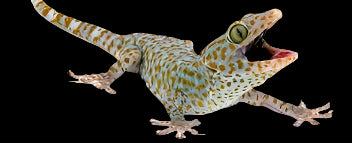Tokay Gecko - Gekko Gecko
Not applicable with Auction Items
Tokay Gecko - Vibrant Blue & Orange Giant
Gekko gecko - Experience one of the most colorful and vocal geckos in the world!
Tokay Gecko Features:
- Stunning blue-gray body with vibrant orange spots
- One of the largest gecko species - reaches 12-14 inches
- Famous loud vocalizations - calls "To-kay!"
- Bold personality and impressive presence
- Hardy species for experienced keepers
- Captive-bred for better temperament
Care Level: Moderate to Advanced
Adult Size: 12-14 inches
Personality: Bold, vocal, defensive
The Tokay Gecko is not for the faint of heart! These stunning geckos combine incredible coloration with bold personalities and loud vocalizations. Perfect for experienced keepers wanting a gecko with attitude and presence. Their blue and orange coloration is absolutely breathtaking!
When shipping live animals, 24 shipping is required for almost all. Shipping may be adjusted by AO due to holidays, weather conditions, or customer confirmation to be available.
If you successfully win an auction item, you will receive an email to confirm awarded auctions. Your payment request will also be in your login profile and an email as well.
Learn more about AO
Aquatic Oasis has a in store club that will soon be available to online subscribers as well. Stay tuned for details of the AO Aquatics Club coming soon. Register your email below to receive future information on AO Aquatics Club ONLINE


